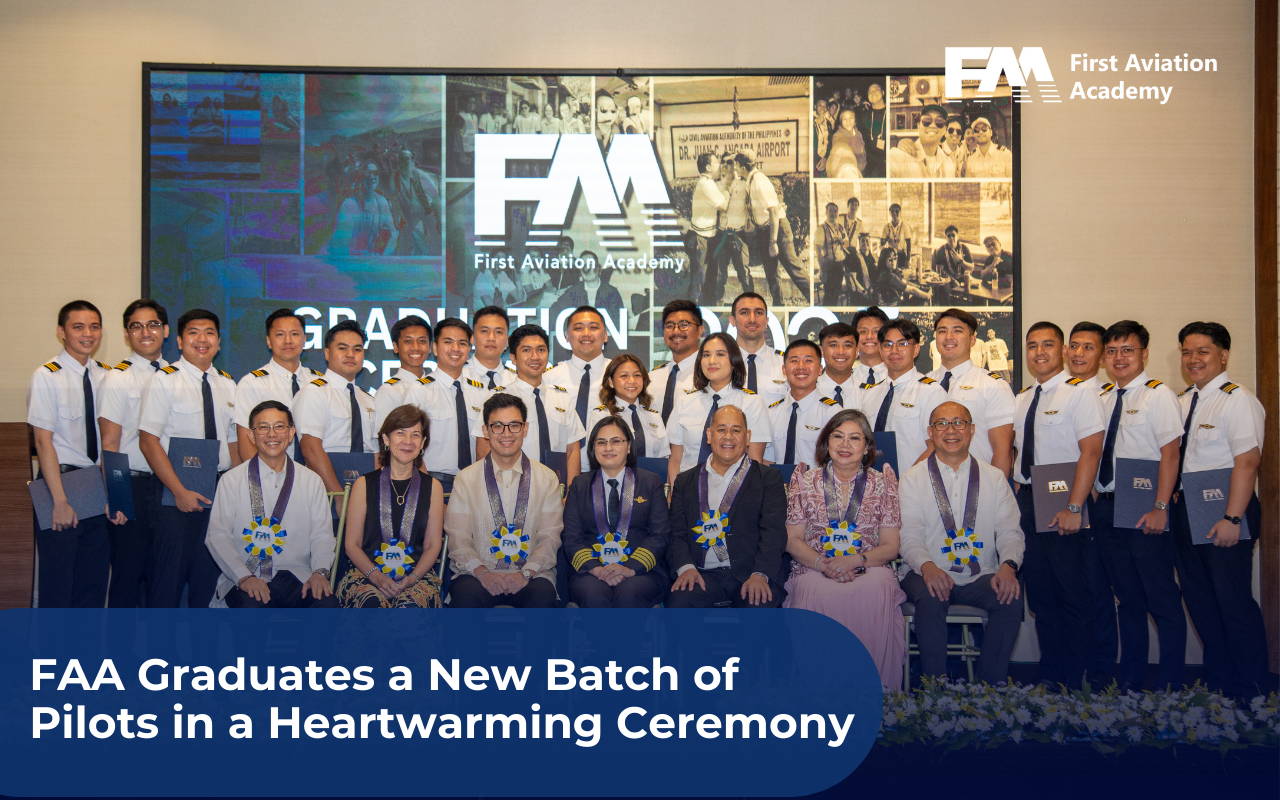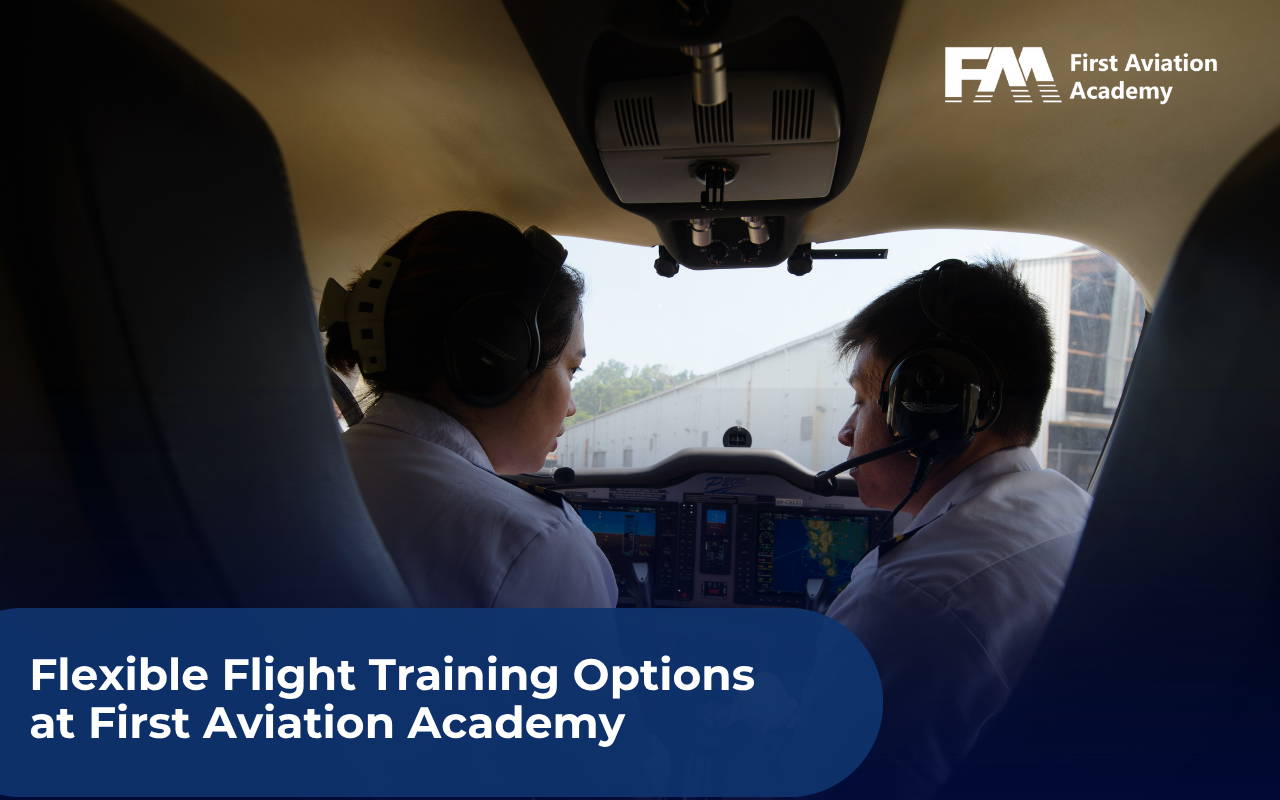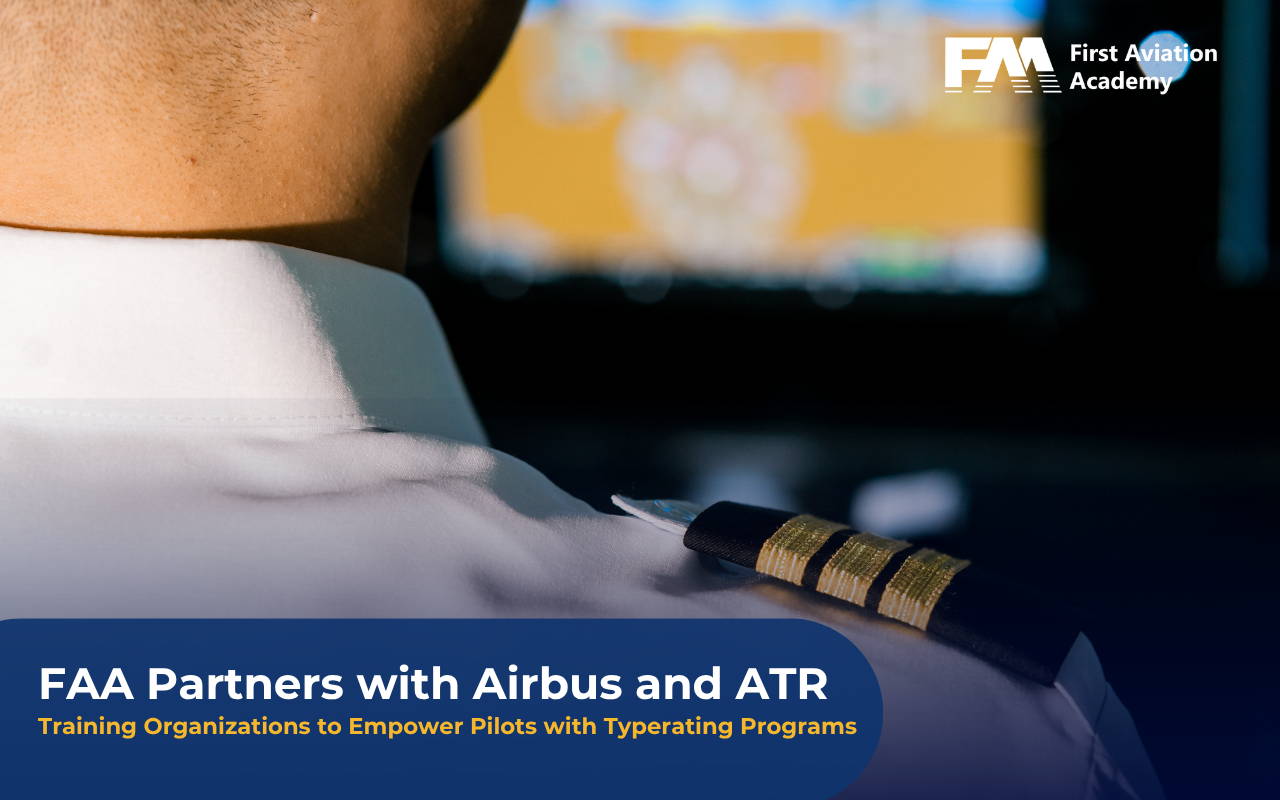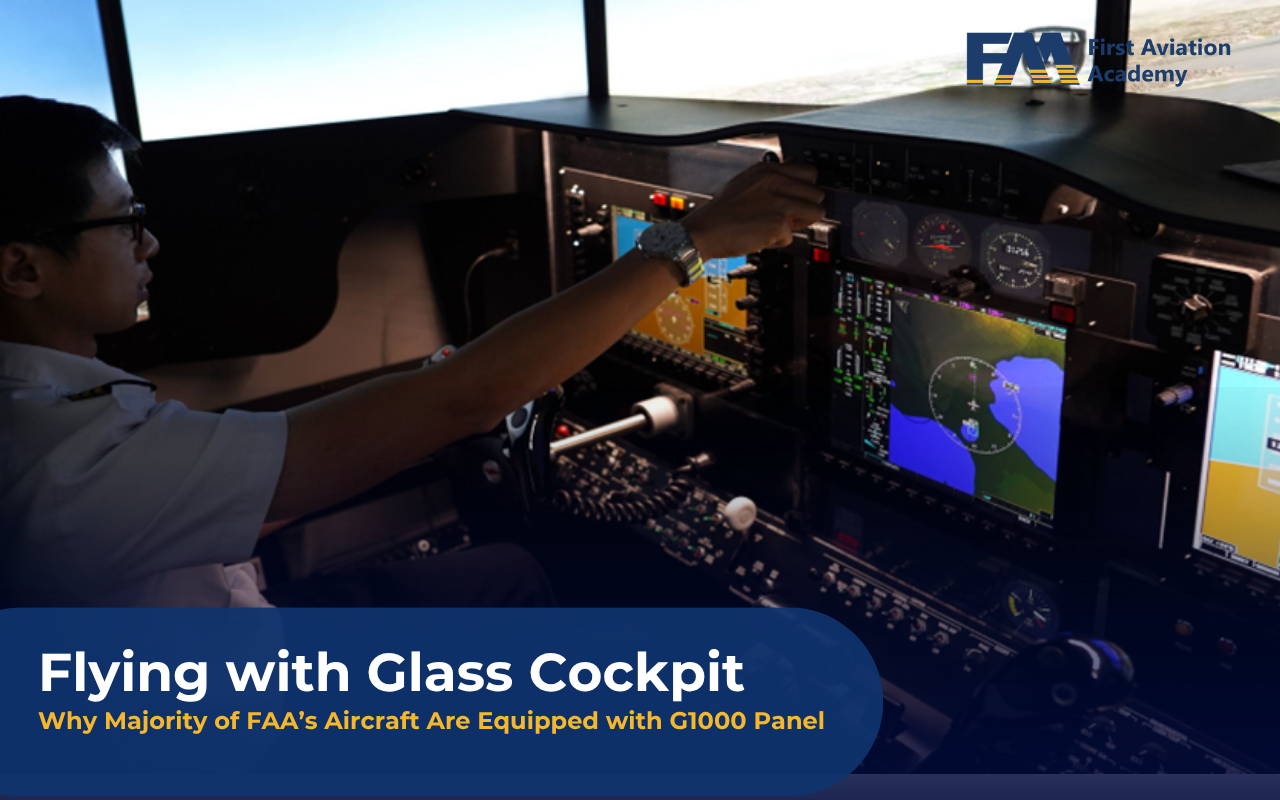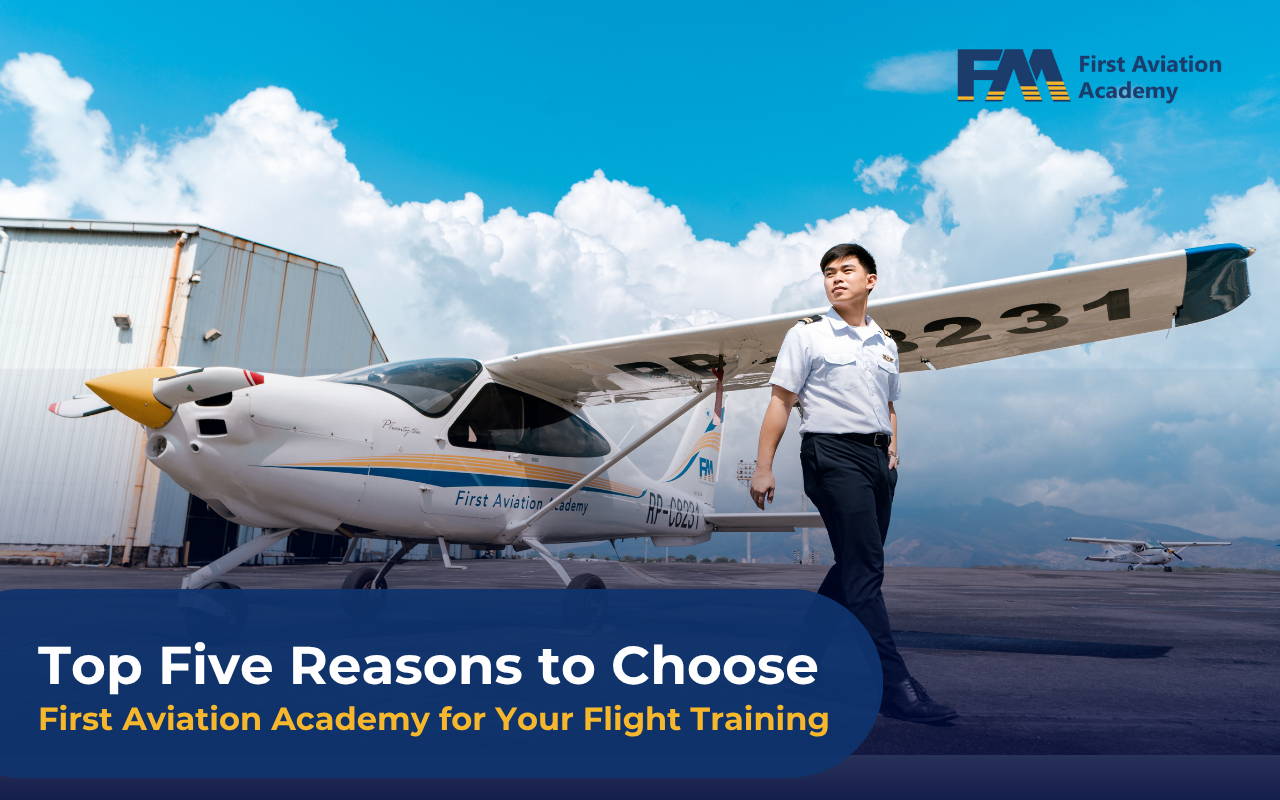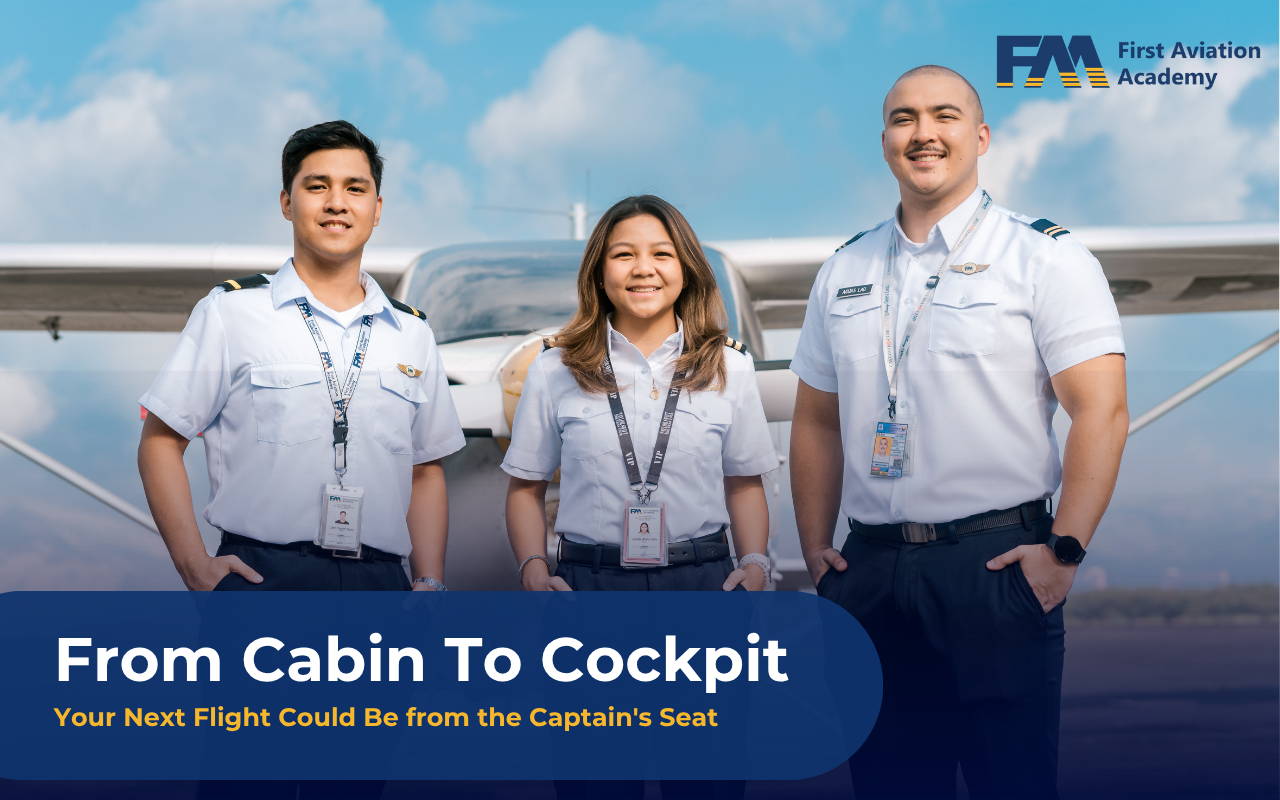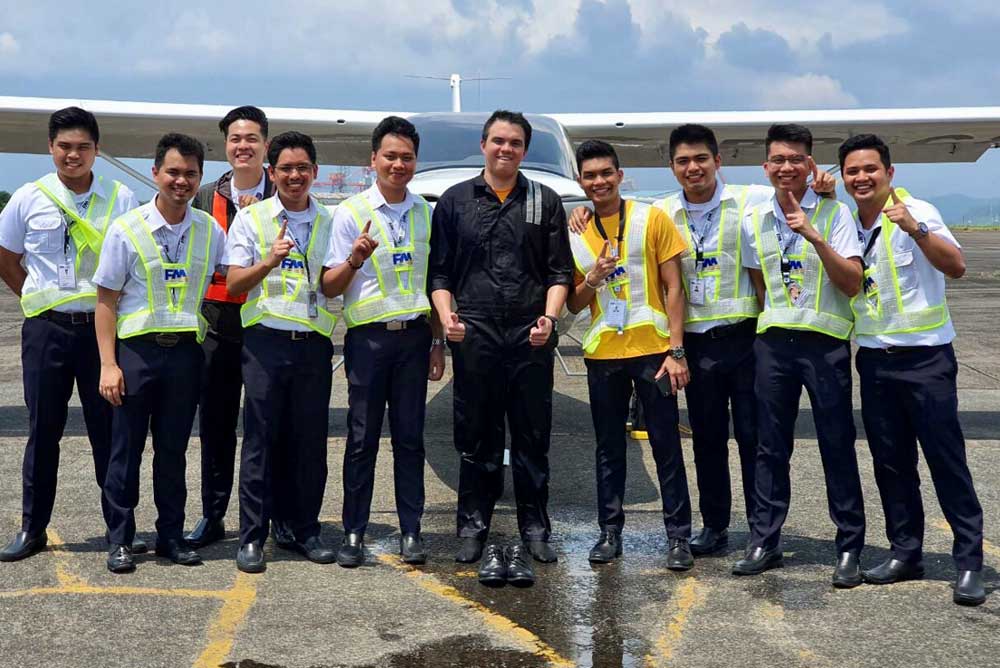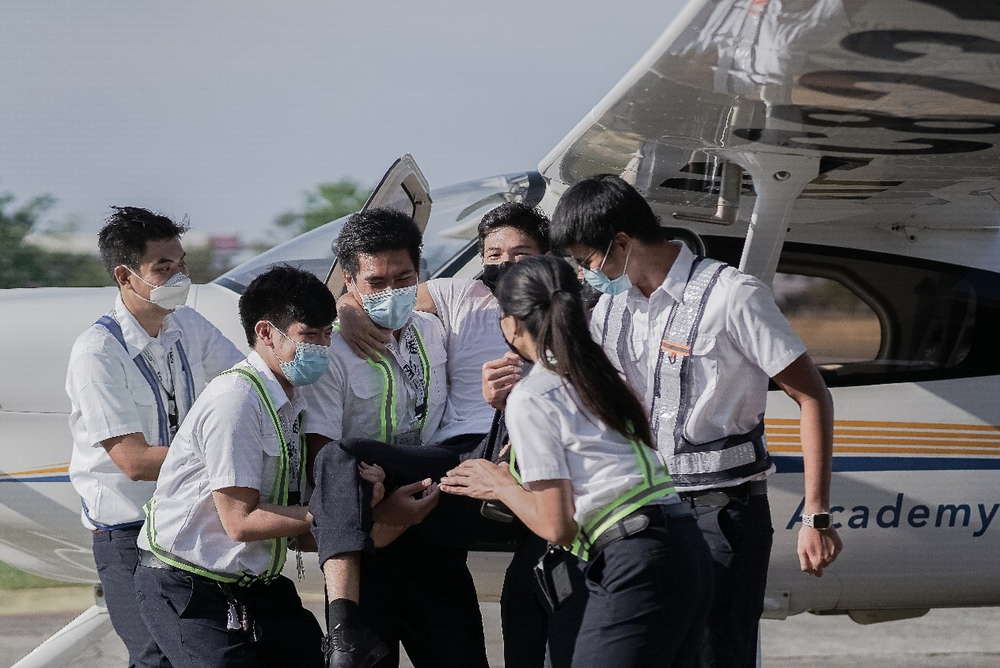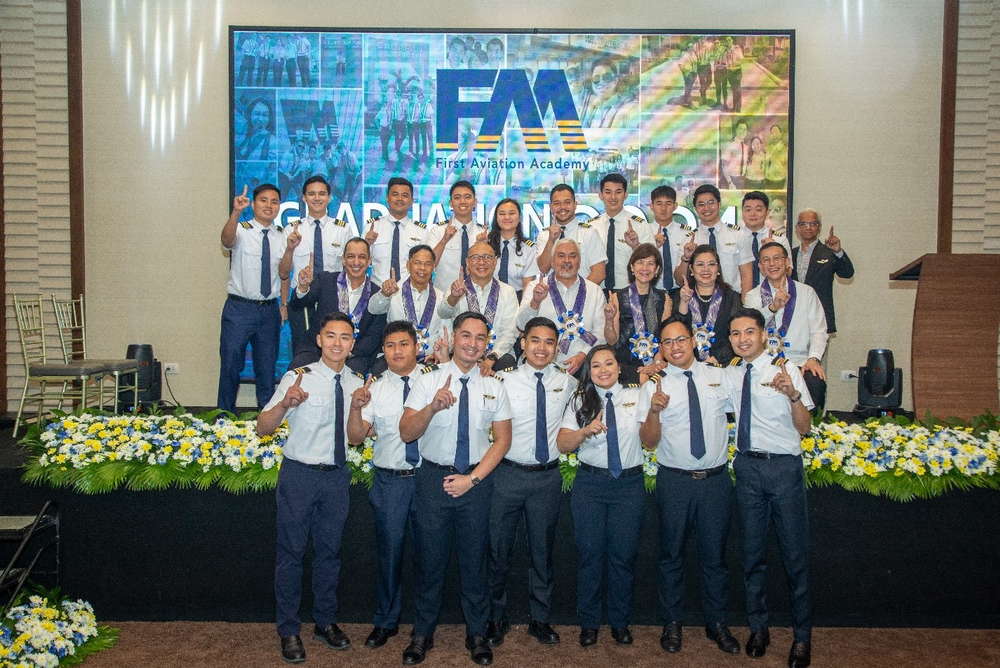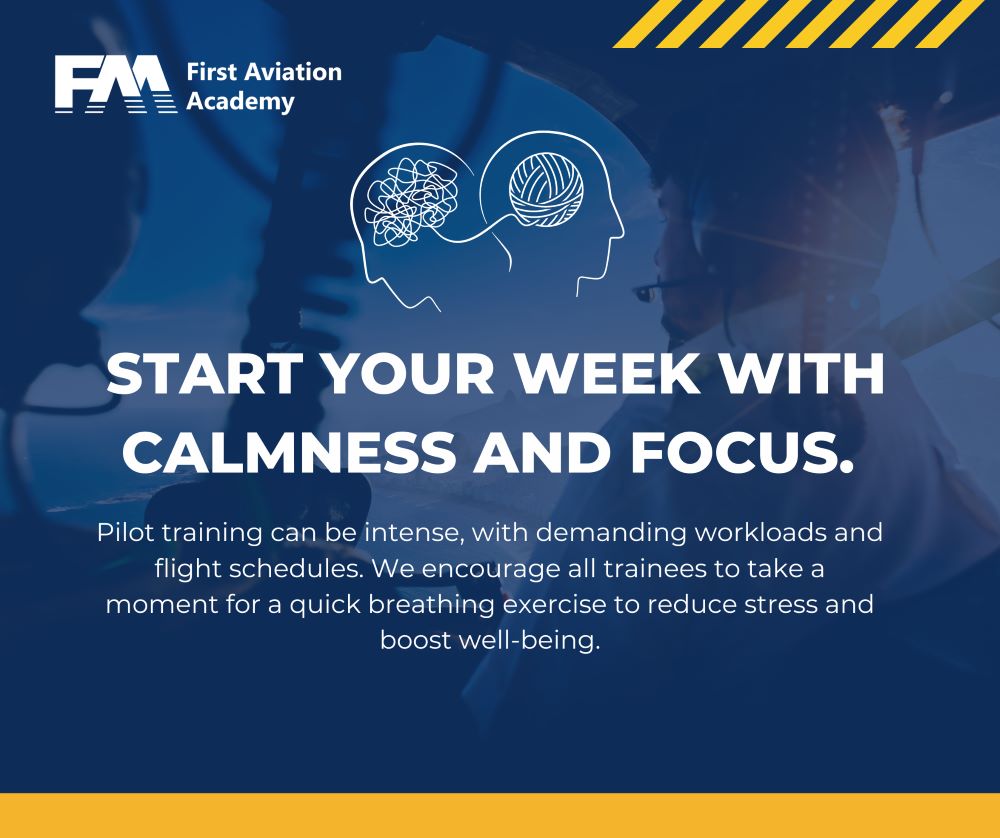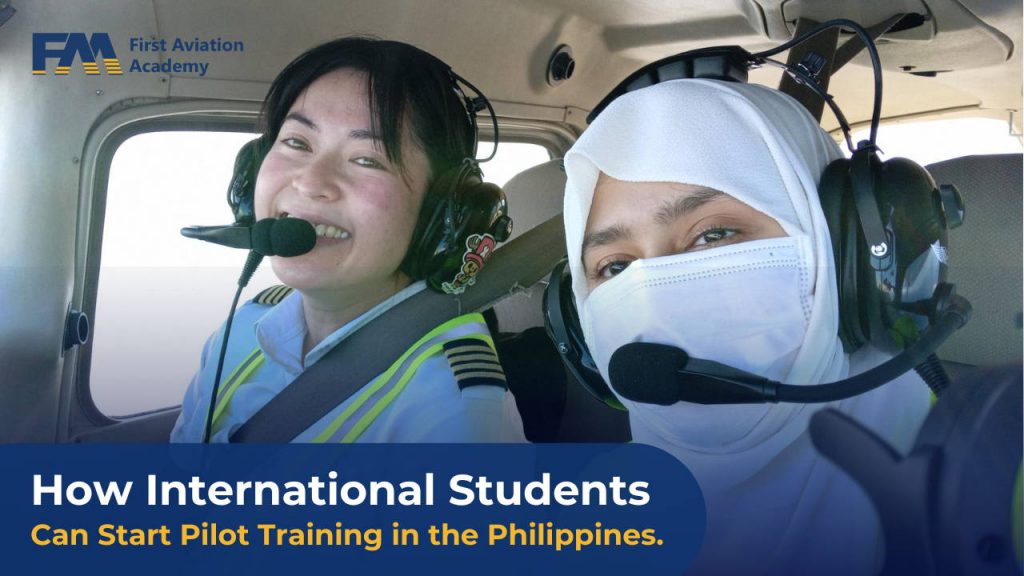
Are you an aspiring pilot looking to train abroad? The Philippines has become one of the top destinations for pilot training among international students and for good reason. With its world-class aviation schools, English-speaking environment, and significantly lower training costs compared to Western countries, the Philippines offers a practical and effective pathway to achieving your dreams of becoming a commercial pilot.
Why the Philippines is a Top Choice for Pilot Training
If you’re searching for a flight school for international students, the Philippines offers a unique blend of quality, accessibility, and global compatibility. One of the biggest advantages is affordability. Compared to the United States, Europe, or Australia, pilot training in the Philippines costs 40% to 60% less, yet the quality of education, aircraft, and flight instructors remains competitive with global standards.
The Philippines is also an English-speaking country, making it easier for international trainees to learn aviation theory, communicate with instructors, and pass required exams and flight checkrides. As English is the universal language of aviation, training in a country where it is spoken daily is a major advantage for non-native speakers.
Most importantly, the Philippines adheres to the standards set by the International Civil Aviation Organization (ICAO). This means that the licenses issued by the Civil Aviation Authority of the Philippines (CAAP) can be converted and recognized in many countries around the world. Whether you plan to work in Asia, the Middle East, or Africa, pilot licenses earned in the Philippines hold significant value.
The country’s favorable weather also supports faster training. With mostly sunny conditions and less air traffic congestion, international students enjoy more consistent flying days compared to busier aviation hubs. Combined with the renowned hospitality of Filipino culture, training in the Philippines offers a safe, welcoming, and enjoyable experience for aspiring aviators.
Who Can Enroll in Pilot Training in the Philippines?
International students from Asia, the Middle East, Europe, and Africa are welcome to apply to Philippine aviation schools. Generally, applicants must be at least 17 years old, have completed high school or its equivalent, and be physically and mentally fit to fly. Since all training is in English, proficiency in the language is also required.
The Pilot Training Pathway: From Zero to Commercial Pilot
The pilot training journey in the Philippines typically begins with the Private Pilot License (PPL), followed by the Commercial Pilot License (CPL) and Instrument Rating (IR). These three core stages form the foundation of a career in aviation.
The PPL introduces students to the fundamentals of flying, including basic aerodynamics, navigation, communication, and aircraft handling under Visual Flight Rules (VFR). After earning their PPL, students move on to the CPL program, which includes advanced flight training such as night flying, solo cross-country flights, and time-building. Finally, the Instrument Rating (IR) teaches students to fly under Instrument Flight Rules (IFR)—a vital skill for airline operations.
Many aviation schools, including First Aviation Academy, also offer add-on courses like the Multi-Engine Rating (MER) and the Flight Instructor Course (FIC). These optional programs allow students to diversify their flight experience and improve their chances of being hired by regional and international airlines.
How to Apply for Pilot Training as an International Student
The process to begin pilot training in the Philippines is straightforward. The first step is to choose a reputable aviation school in the Philippines for international students. One of the most trusted names in the industry is First Aviation Academy, located in Subic Bay. FAA is known for offering airline-standard training, glass cockpit aircraft, Redbird flight simulators, and a Competency-Based Training and Assessment (CBTA) approach aligned with global airline expectations.
Once you’ve chosen a flight school, the next step is to submit your application. This typically includes a copy of your passport, high school diploma or academic transcript and medical clearance. After acceptance, FAA will assist you in securing a 9(f) Student Visa, which allows you to legally stay and train in the Philippines.
When you arrive, the school provides full orientation, helps you with medical exams and documentation, and gets you started with your training. FAA also offers support for student housing, transportation, and local acclimatization to ensure that you can focus on your studies and flight hours.
Why Choose First Aviation Academy?
First Aviation Academy (FAA) is one of the leading pilot training academies in the Philippines, offering international-standard programs designed to prepare students for careers in the airline industry. Based in the peaceful and secure environment of Subic Bay Freeport Zone, FAA combines academic excellence with practical training in real-world airspace conditions.
FAA’s fleet of Cessna 172 aircraft equipped with Garmin G1000 glass cockpit avionics, along with its Redbird TD2 simulator, ensures students train on modern equipment. The school’s CBTA framework focuses not just on technical skills, but also on communication, decision-making, and safety—qualities that airlines demand from new pilots.
From visa assistance to personalized instruction and a global-ready curriculum, FAA is committed to helping international students succeed in aviation.
Start Your Journey Today
Choosing to train as a pilot abroad is a bold but rewarding decision. The Philippines offers a perfect combination of quality training, international recognition, and cultural warmth. If you’re looking for an aviation academy that puts safety, professionalism, and airline readiness first, First Aviation Academy is the place to start.

